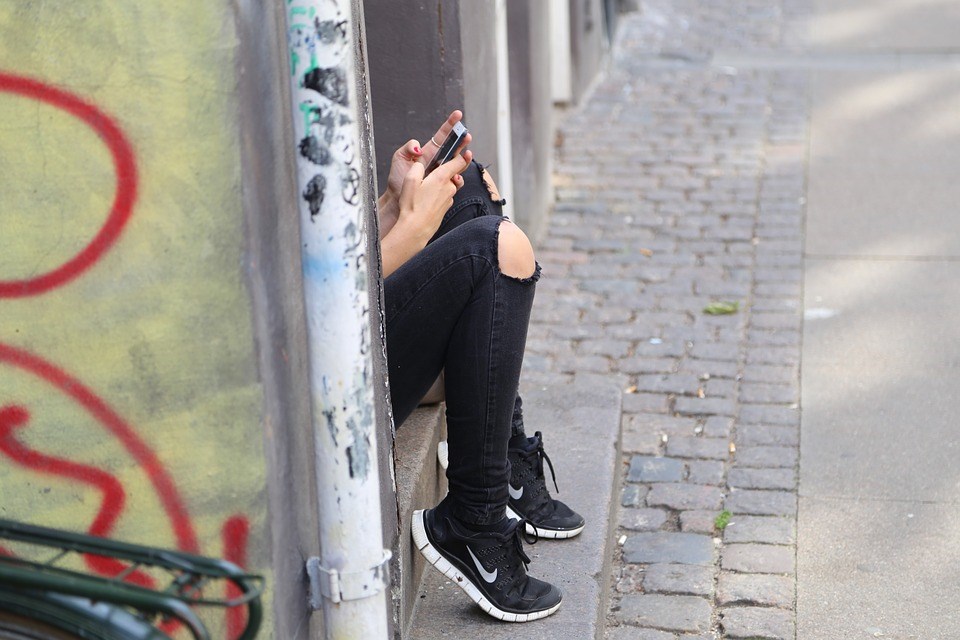The face of bullying is changing.
At one point, almost all bullying took place in person. Physical altercations, hurtful comments and even gossip was conducted face-to-face.
But now, according to Media Smarts, nearly all teens have access to the Internet and in a typical month, 42 per cent of them experience cyberbullying, which can be linked to depression and anxiety.
“Initially, when cyberbullying became an issue, everyone really expected that it was just the same as face-to-face bullying, but now just happening in an online environment,” Jennifer Shapka, associate professor in UBC’s faculty of education, told Richmond News.
“Now we’ve really seen that it’s its own beast.”
Shapka noted that the usual power imbalances present in bullying have shifted online. It’s not just the physically strong or popular individuals who are capable of bullying anymore. Even an intent to harm may be missing.
“I’ve got research that shows that lots of kids think that what’s happening online is just joking around. It’s just teasing,” Shapka said.
“There’s also some research coming out that suggests that being cyberbullied can actually be worse than being bullied in a face-to-face setting because you never really escape from it.”
Even the simple fact that these comments and actions happen behind closed doors, rather than face-to-face, makes a difference.
“People can get away with what they do through online means quite easily,” said Benjamin Wong, clinical counsellor and specialist in online addictions at Richmond Addiction Services, adding that the Internet has created an “unmonitored playground that, by and large, does not follow the rules in the physical world.”
Shapka echoed these thoughts, saying the sender can struggle to have empathy and compassion for the recipient of their messages.
“You’re kind of protected behind the screen. It bolsters you,” she said. “There’s evidence that people will do things behind a screen that they wouldn’t do in a face-to-face situation.”
Another issue, Shapka pointed out, is the access younger children are having to the Internet.
Snapchat and Instagram are currently some of the most popular social media sites used amongst youth, she said, even though both require users to be at least 13 years old.
Furthermore, according to Media Smarts, 30 per cent of Canadian students in grades four to six have a Facebook account, even though anyone under the age of 13 is barred from using the site.
As a result, while cyberbullying used to really be noticeable amongst teens aged 15 to 18, Shapka said she’s observed cases of cyberbullying amongst younger age groups.
“As we know, parents are giving access to devices to kids at younger and younger ages,” she said. “We actually really see (cyberbullying) start more like around 11 or 12 and peak around 13.”
In spite of these increases in online bullying, Shapka explained that many youth choose to not tell an adult if it’s happening to them.
“They really worry that parents won’t get it or they’ll have a knee-jerk reaction of just taking the technology away,” she said.
“Parents aren’t recognizing that it’s their social life. If they take that away, they’ve taken away a major lifeline to their social world.”
Instead, Shapka said dialogue is key. “Start the conversations early, often,” she said. “Social responsibility does need to extend to an online environment.”
Moving ahead, Shapka hopes youth will step up and strive to end cyberbullying in the same way the Pink Shirt Day movement was created.
“Kids have to be involved,” she said. “As adults we need to bolster our kids to take leadership, to take responsibility and be the agents of change.”



